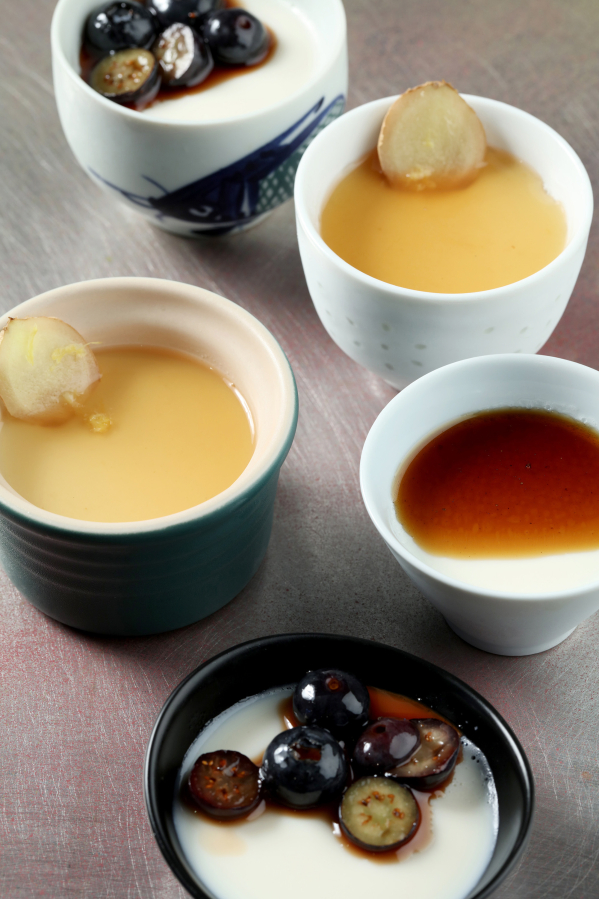Sushi is what comes to mind when you think of Japanese food, right? Makes sense, as sushi has long captured the American imagination, is fun to eat and generates billions of dollars in revenue, according to market studies. But what about Japanese food beyond that iconic dish?
Paris-based chef Maori Murota aims to broaden the West’s idea of Japanese cuisine with “Tokyo Cult Recipes” (Harper Design, $35), which offers 100 Japanese recipes from tamago, a rolled omelet, to chicken yakitori to spaghetti Napolitan and even strawberry shortcake. You’ll also find a few sushi recipes, although Murota notes sushi is more of a “special occasion meal” to be enjoyed out.
“I sincerely do not know why sushi became ‘the national food of Japan’ all over the world,” Murota wrote in an email from France. She hopes her book, which is one of a series of “Cult Recipes” books focusing on the cuisines of such cities as New York and Venice, will help readers discover “we have so many different types of food in Japan other than sushi. And also I really hope that they find Japanese cooking accessible and fun to make.”
“Diversity” is the word Murota chose when asked to describe Japanese food.
“We are extremely open to all kind of foreign foods, and on the other hand, there are some type of foods that proudly and strictly keep their tradition,” she wrote. “The hybrid of new and old, international food and traditional food, and being open and being completely closed. That makes the diversity in Japanese food.”



